Hi there, pet lovers! 🦎🔥
Reptile enthusiasts are always on the lookout for unique and fascinating pets, and the Toad-Headed Agama (Phrynocephalus mystaceus) is one of the most extraordinary lizards available. With its demonic defensive display, sand-diving antics, and unusual appearance, this small desert dweller is unlike any other reptile.
But is the Toad-Headed Agama the right pet for you? In this detailed review, we’ll explore their temperament, care requirements, health considerations, availability, and costs to help you decide if this bizarre little lizard belongs in your home.
Overview
Toad-Headed Agamas are small, desert-adapted lizards native to Central Asia and the Middle East. Known for their striking defensive displays (including a wide-gaping mouth and scorpion-like tail curl), these lizards are as fascinating as they are elusive.
Here’s a quick summary of what makes them unique:
- Handling & Temperament: Tolerates handling but prefers minimal interaction; best observed in their enclosure.
- Care & Maintenance: Moderate difficulty—requires deep sand, extreme heat, and UVB lighting.
- Health & Durability: Hardy if kept in proper conditions but sensitive to incorrect humidity and temperature.
- Availability: Rare in captivity; mostly available through specialized breeders.
- Cost: Moderately priced for the lizard itself, but setup can be costly due to specialized needs.
- Overall: A captivating display animal best suited for experienced reptile keepers who enjoy observing natural behaviors.
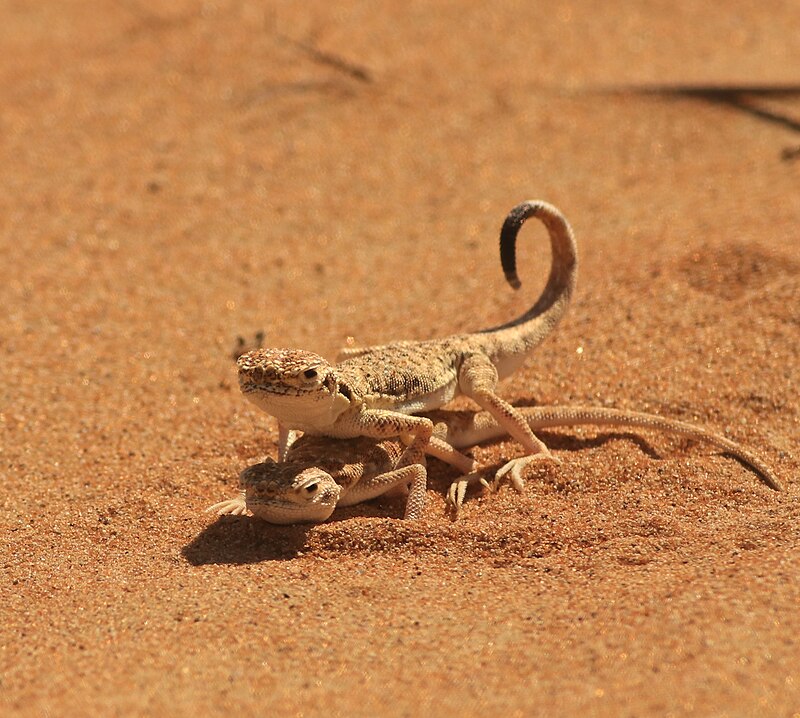
Why Choose a Toad-Headed Agama?
If you’re looking for a pet that’s more of a living art piece than a cuddly companion, the Toad-Headed Agama delivers. Their unusual looks and dramatic defensive behaviors make them one of the most entertaining lizards to watch.
However, they are not ideal for beginners due to their specific care needs and limited tolerance for handling. They thrive in hot, sandy environments and spend much of their time buried underground, making them a unique challenge for dedicated keepers.
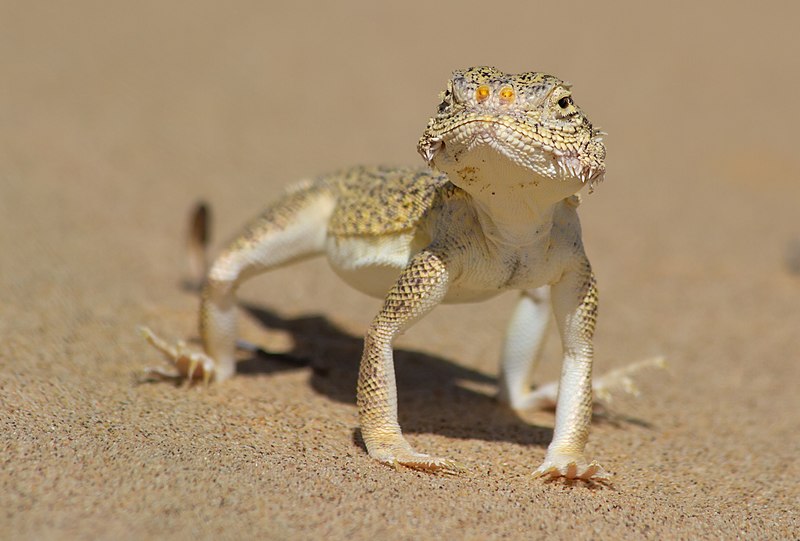
Handling and Temperament
Personality and Interaction
Unlike bearded dragons or leopard geckos, Toad-Headed Agamas are not “lap lizards.” They tolerate handling but do not enjoy it and are best appreciated in their enclosure.
- Defensive Displays: When threatened, they flare their mouths wide open (resembling a Venus flytrap) and curl their tails like scorpions. This is more for show than actual aggression.
- Burrowing Nature: They spend most of their time partially or fully buried in sand, making them a fun “find-the-lizard” challenge.
- Social Behavior: They can be kept in small groups (one male with multiple females), but males may fight if housed together.
Handling Tips
- Minimize handling to avoid stress.
- Support their body fully if picking them up—they are fast and can jump.
- Watch for tail curls and mouth displays, which indicate they’d prefer to be left alone.
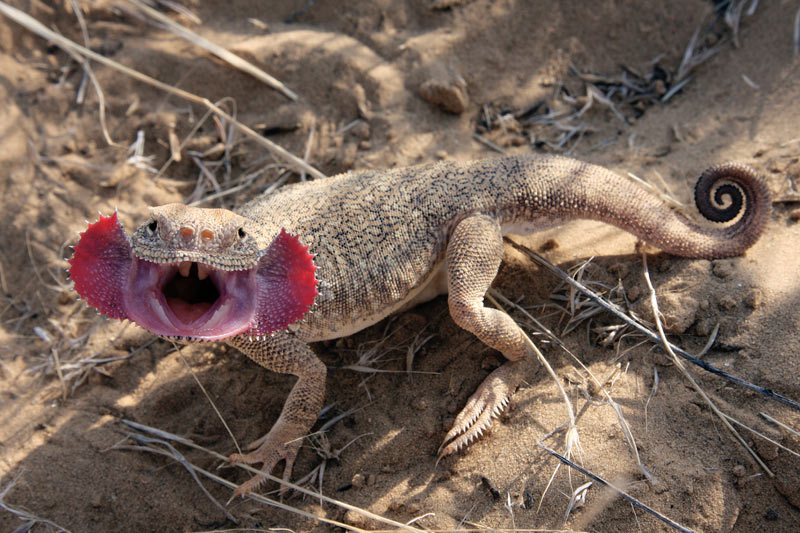
Care and Maintenance
Enclosure Setup
- Tank Size: A 20-gallon long (or larger) enclosure works for a single agama, but bigger is better for groups.
- Substrate: Deep, fine sand (4–6 inches) is essential—they “swim” through it rather than digging.
- Decor: Minimalistic—no heavy ornaments (they can collapse burrows). A flat basking rock and low branches are optional.
- Hides: Not necessary—they burrow instead of using hides.
Temperature & Lighting
- Basking Spot: 120–130°F (49–54°C)—one of the hottest basking requirements of any lizard.
- Ambient Temperature: 85–90°F (29–32°C) during the day, with a slight drop at night.
- UVB Lighting: Required (10.0 or 12% UVB tube) for proper calcium metabolism.
Humidity & Hydration
- Low humidity (desert species)—10–30%.
- Shallow water dish (changed daily) but expect them to rarely drink from it—they get moisture from food.
Feeding
- Diet: Insectivores—feed dubia roaches, crickets, mealworms, and hornworms.
- Supplements: Calcium (with D3) and multivitamins dusted on prey 2–3 times a week.
- Feeding Schedule: Daily for juveniles, every other day for adults.
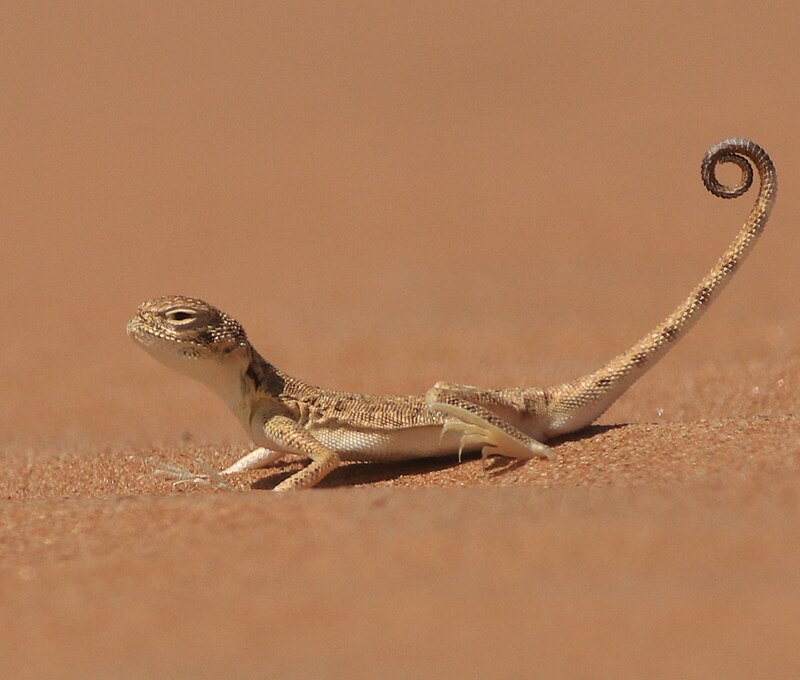
Health and Durability
Common Health Issues
- Impaction (from improper substrate or dehydration).
- Respiratory infections (if humidity is too high).
- Metabolic Bone Disease (MBD) (from lack of UVB or calcium).
Preventative Care
- Maintain proper heat gradients.
- Ensure deep, loose sand for burrowing.
- Provide strong UVB lighting.
- Monitor for weight loss or lethargy.
With proper care, they can live 5–8 years in captivity.
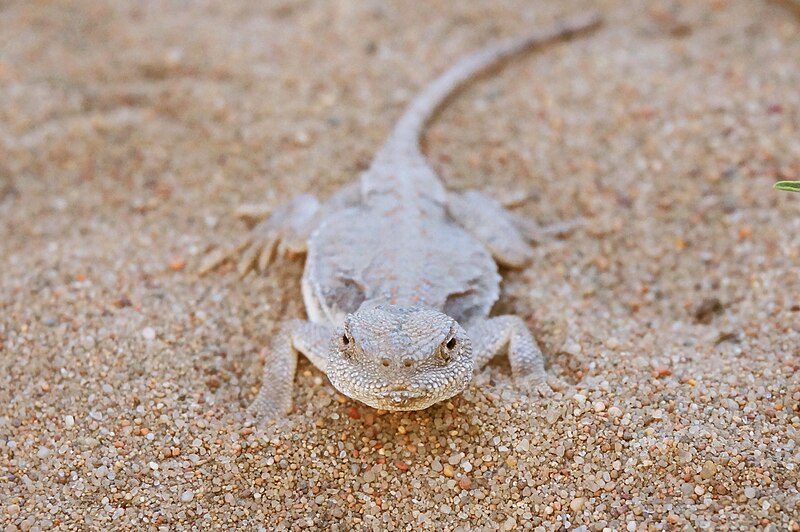
Availability and Cost
Where to Buy
- Specialized Breeders (best option for healthy, captive-bred specimens).
- Reptile Expos (occasionally available).
- Online Reptile Retailers (but be cautious of wild-caught imports).
Cost Breakdown
- Lizard: $100–$300, depending on rarity.
- Enclosure Setup: $200–$400 (tank, sand, heating, UVB).
- Ongoing Costs: $20–$40/month (insects, supplements).
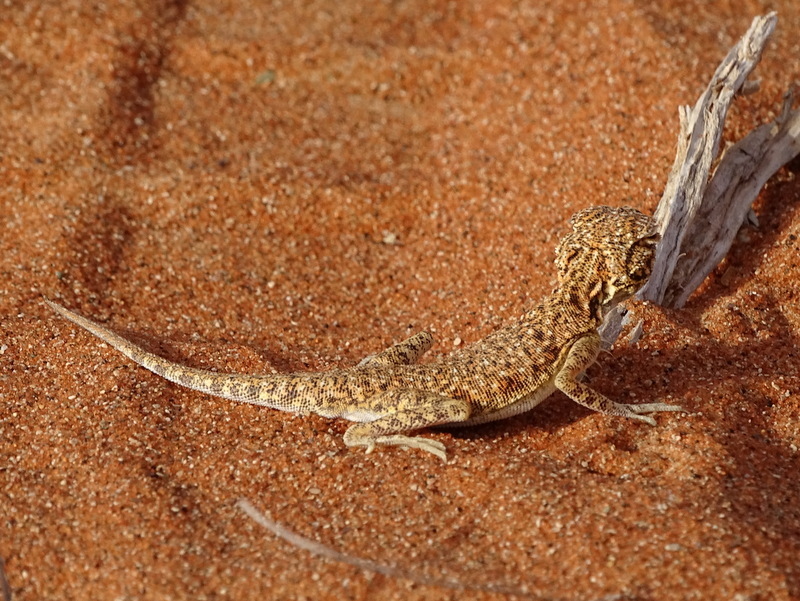
Pros and Cons
Pros
✅ One of the most unique lizards in the reptile hobby.
✅ Fascinating natural behaviors (sand-diving, defensive displays).
✅ Can be kept in small groups.
✅ Does not require frequent handling.
Cons
❌ Not beginner-friendly (strict heat/UVB requirements).
❌ Rare and hard to find.
❌ Minimal interaction—best as a display animal.
❌ High upfront setup costs.
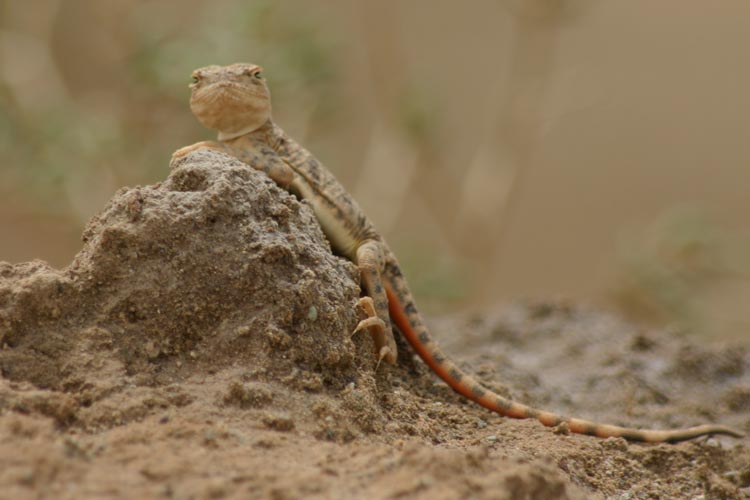
Final Thoughts
The Toad-Headed Agama is not for everyone, but for the right keeper, it’s an unmatched display species. Their bizarre looks, sand-burrowing antics, and dramatic defensive displays make them endlessly entertaining to observe.
If you’re an experienced reptile keeper looking for a challenge and a truly unique pet, this might be the perfect lizard for you. However, beginners should consider more handleable and readily available species first.
For those ready to take the plunge, sourcing a captive-bred Toad-Headed Agama from a reputable breeder is the best way to ensure a healthy, long-lived pet.
Have you ever kept a Toad-Headed Agama? Share your experiences in the comments! 🦎🔥

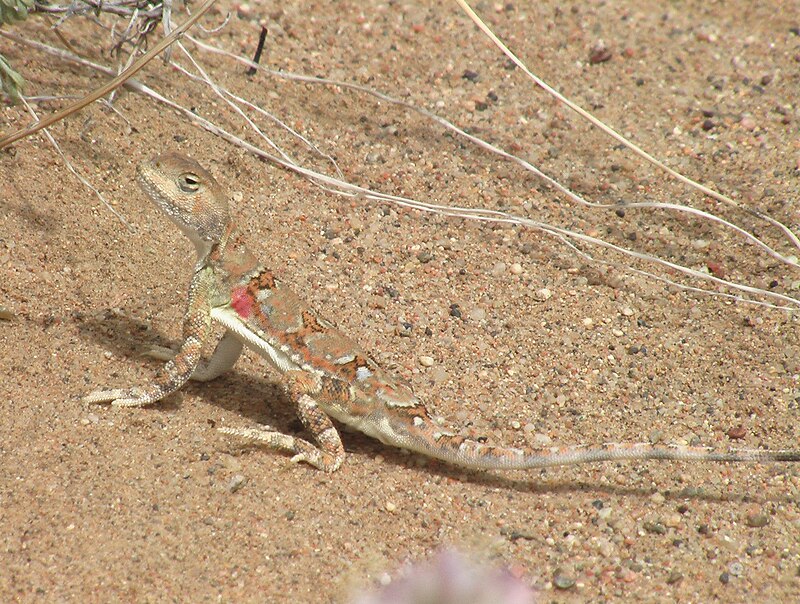


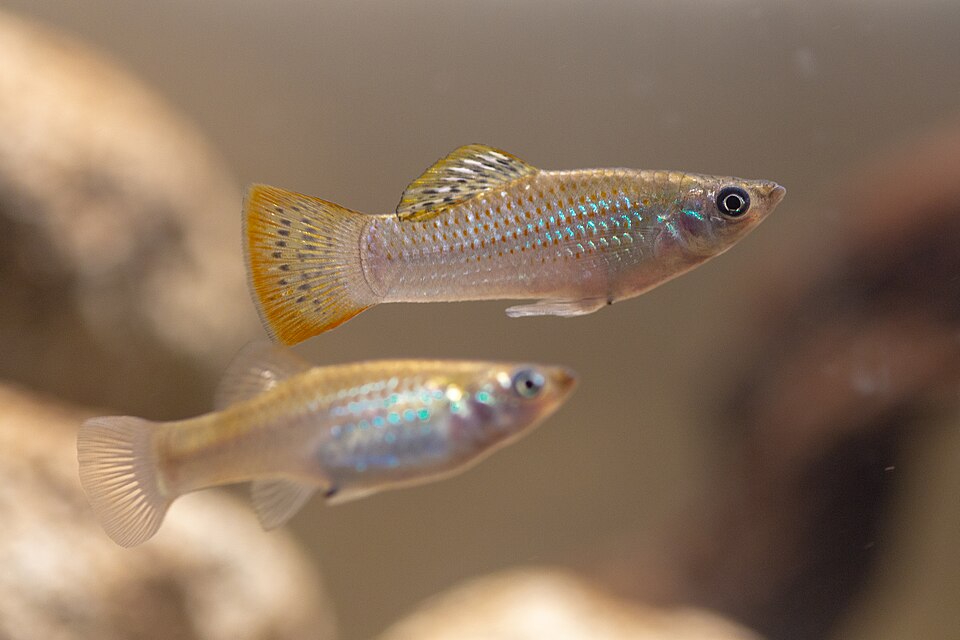

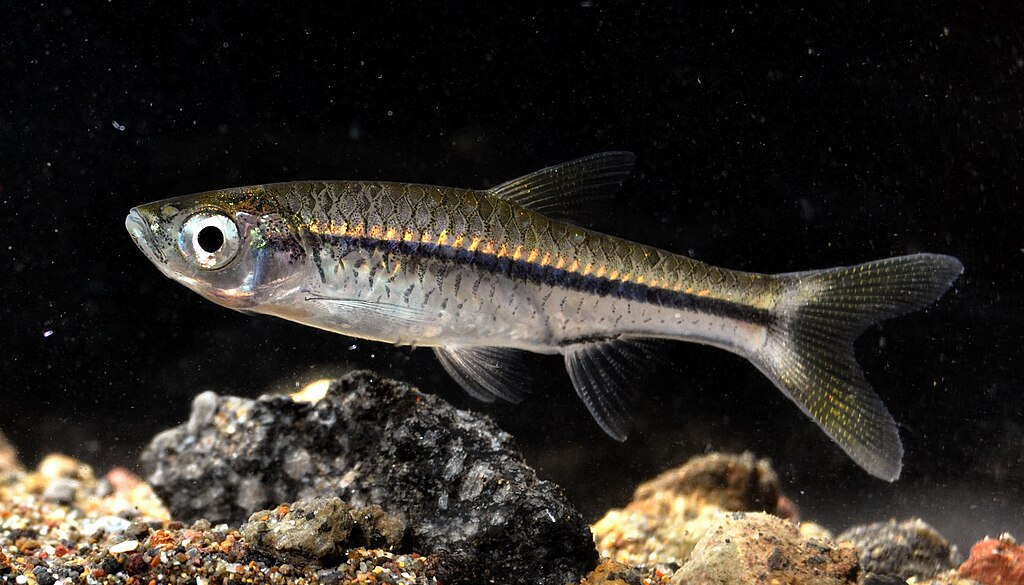
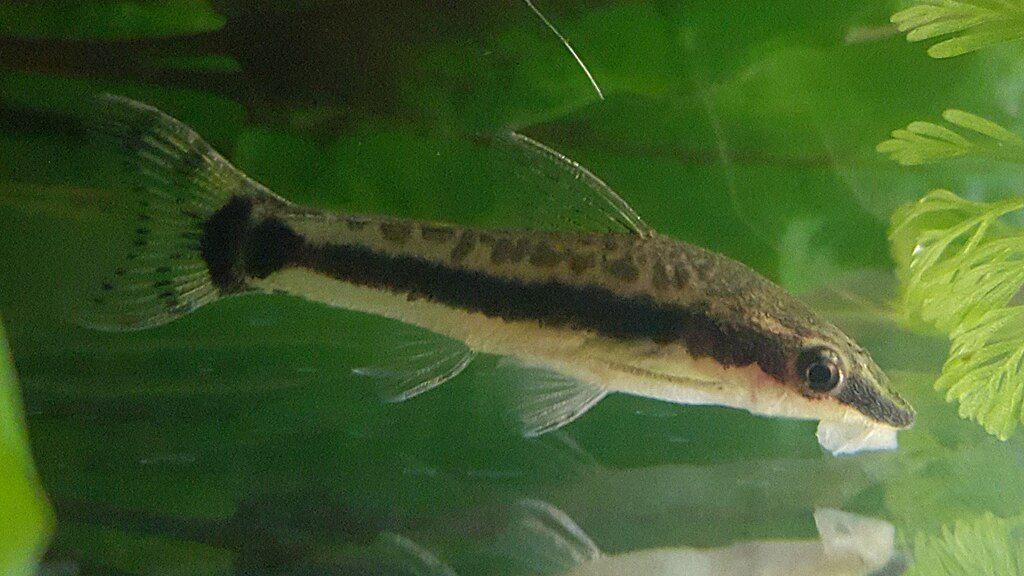
Leave a Reply